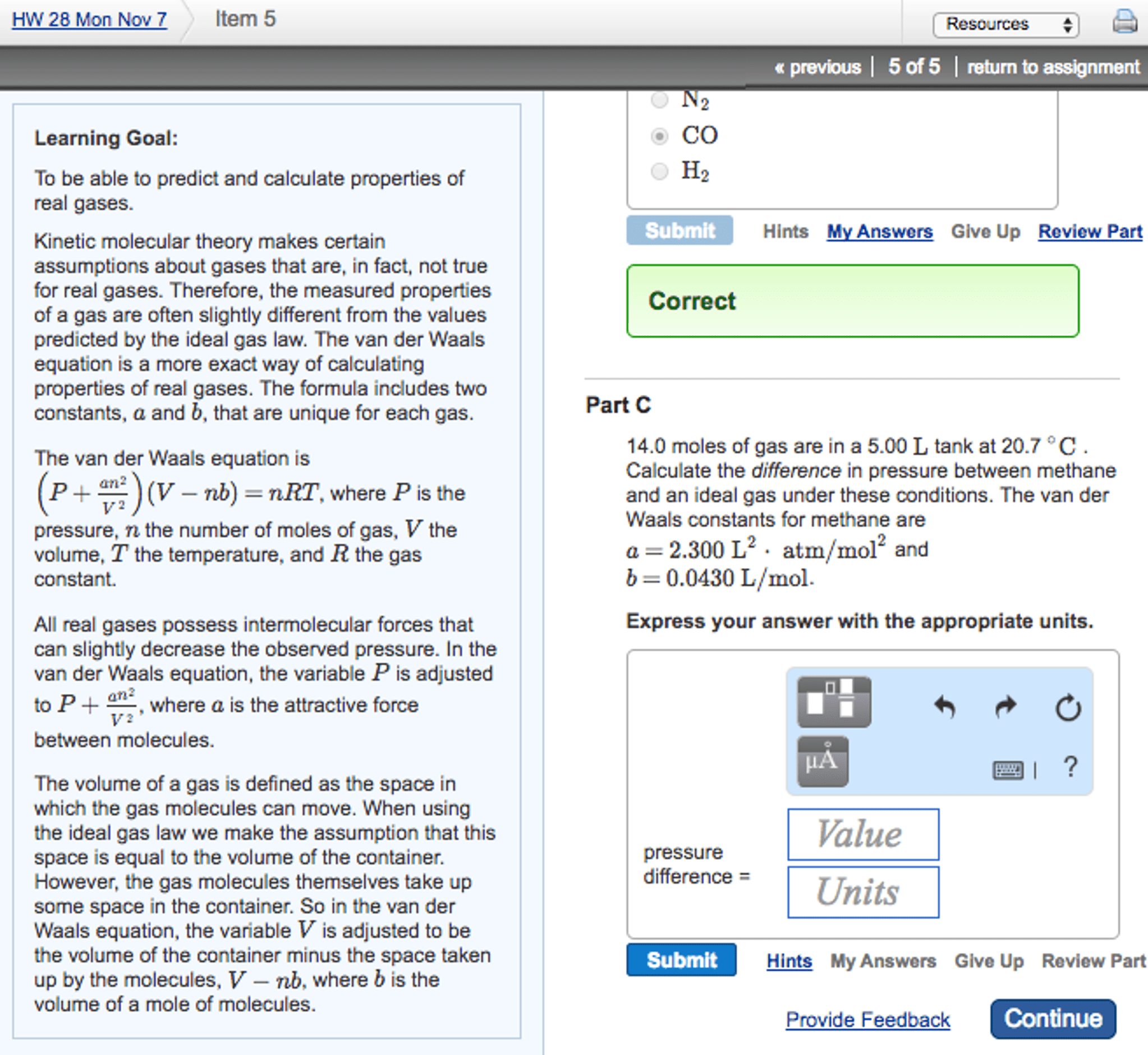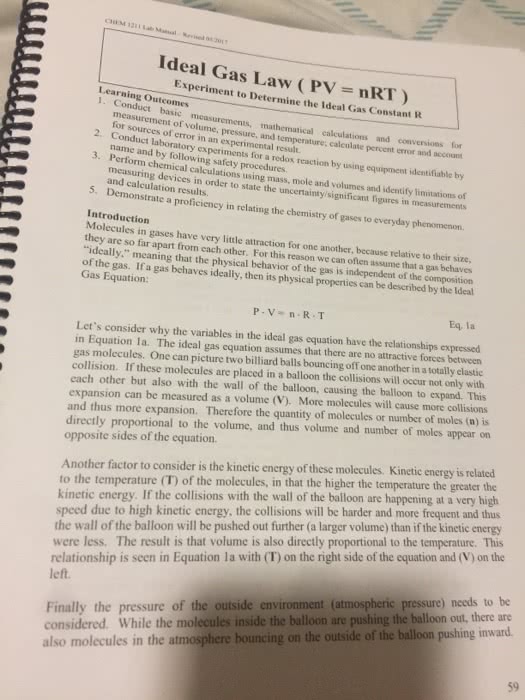CHEM 2PC3 Lecture Notes - Lecture 11: Friction, Terminal Velocity, Electric Field

1
Chemistry 2RO3 – Transport Processes – Tutorial Answers
General Understanding Questions
1. What are the main differences between transport in ideal gases and in liquids?
The main difference between transport in ideal gases and in liquids is that a molecule in a gas
travels a distance equal to several molecular diameters without collisions, while a molecule
in a liquid is surrounded by other molecules, and it can move only a fraction of a diameter
before colliding. So the transport in ideal gases is fast and depends on the molecular weight
and temperature, while the transport in liquid is slow and depends on the size and shape of
molecules as well as MW and temperature. Another major difference is that there are
attractive forces between molecules in liquids, which will further slow down the transport in
liquids.
2. What causes friction when a particle moves within a viscous fluid?
The friction for a particle moving within a viscous fluid is due to the random walk of the
particle in the directions perpendicular to the flowing direction.
3. What can you learn from the frictional coefficient?
The friction coefficient for a spherical molecule is
rf
6=
. We can learn from the
frictional coefficient about the size of the moving particle (including solvation), the shape of
the moving particle (surface area, denatured, non-sphere) and the interactions with the
environment of the moving particle, etc.
4. How does the frictional coefficient change as a result of changes in shape and/or
solvation?
The friction coefficient
rf
6=
is actually for spherical molecule. Real molecules in
solution are usually non-spherical and solvation, so the frictional coefficient
.6 rf
5. What is the general strategy to measure the frictional coefficient?
The general strategy to measure the frictional coefficient is to measure the dragging force
(Fdrag) and the terminal velocity (uT), then obtain
.
T
drag
u
F
f−=
6. What is the physical meaning of Fick’s 1st and 2nd laws?
Fick’s 1st law:
dx
dc
DJ x−=
. The physical meaning is that there is a net transport of material
in the direction opposite to the concentration gradient. The steeper the concentration gradient
or the bigger the diffusion coefficient, the larger is the net flux. The transport of material
will always tend to eliminate the concentration gradient that caused it.
Fick’s 2nd law:
t
xx
c
D
t
c
=
2
2
. The physical meaning is that the change of concentration
with time at any position x is proportional to the second derivative of the concentration with
find more resources at oneclass.com
find more resources at oneclass.com
Document Summary
Chemistry 2ro3 transport processes tutorial answers. So the transport in ideal gases is fast and depends on the molecular weight and temperature, while the transport in liquid is slow and depends on the size and shape of molecules as well as mw and temperature. The friction coefficient solution are usually non-spherical and solvation, so the frictional coefficient is actually for spherical molecule. Real molecules in f r f 6= r. The general strategy to measure the frictional coefficient is to measure the dragging force (fdrag) and the terminal velocity (ut), then obtain f. The physical meaning is that there is a net transport of material in the direction opposite to the concentration gradient. The steeper the concentration gradient or the bigger the diffusion coefficient, the larger is the net flux. The transport of material will always tend to eliminate the concentration gradient that caused it.



